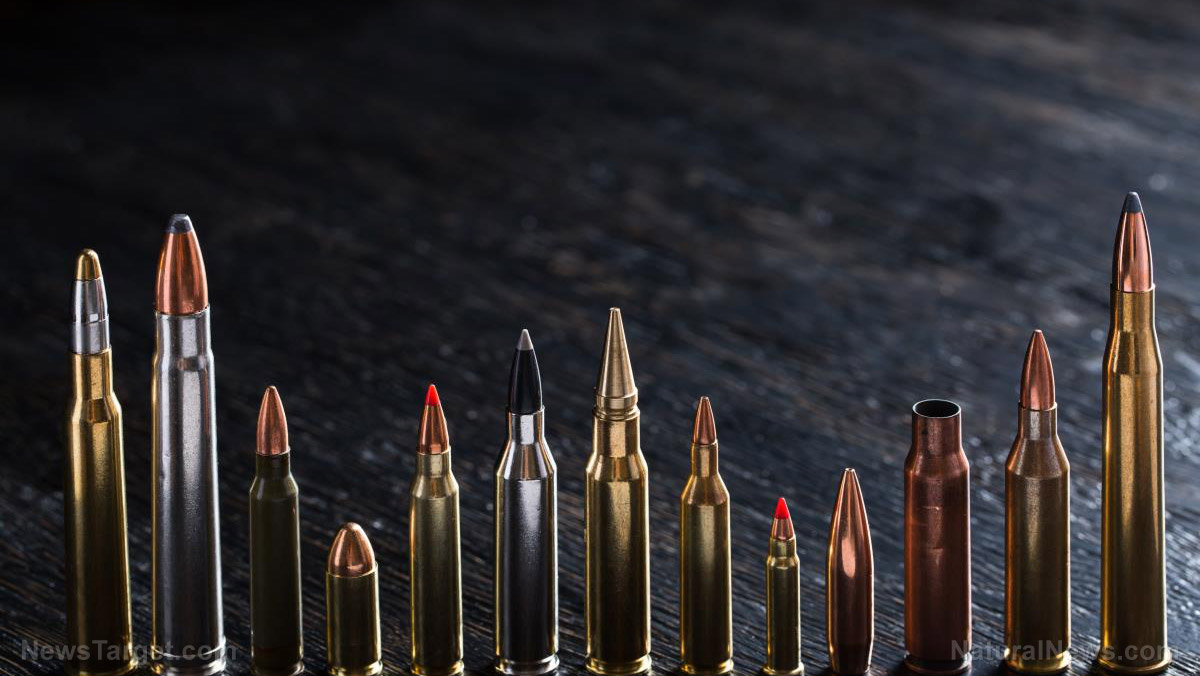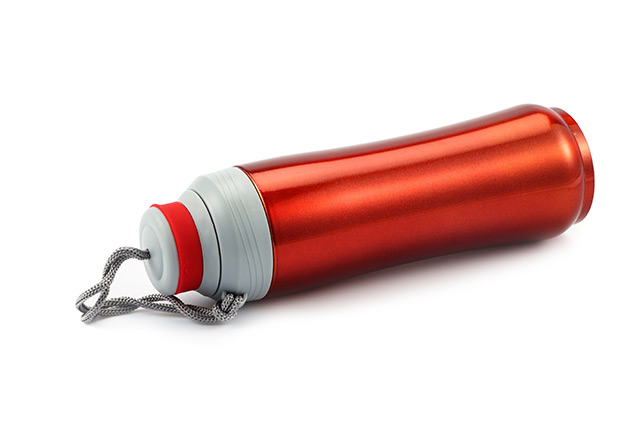How to properly store ammunition long-term
05/12/2018 / By Zoey Sky

If you’re a prepper and you live in a gun-friendly state, you’re in luck. Storing ammo won’t be that difficult, especially since you can just head to the nearest store and buy some for your stockpile. However, if you’re new to prepping or if you’re unfamiliar with your state’s gun laws, you will need to do some research. (h/t to SurvivalSullivan.com)
Ideally, you should stock up on ammo, look for cheap ammo, and buy as much as you can for your stockpile.
The basics of long-term ammo storage
When stocking up on ammo before SHTF, it’s not enough to hoard bullets. Remember to store your ammo properly so they’re still usable when you need them.
The length of time that you store to store the ammo, the local humidity at the storage site, and the container for the ammo will affect how long your ammo stays “fresh.” In most cases, you’ll only need a high-quality plastic or ammo can that’s sealed to protect the contents from air and moisture. (Related: Emergency preparedness: 7 Common mistakes preppers often make.)
Keep in mind that moisture can damage your ammunition and corrode bullets. Another thing that you need to protect your ammo from is heat: ammo stored in a cool place can last for a long time. Dry ammo can still be used after about 10 years, and it can last longer if you’re extra careful.
To store ammo you’ll need a container like a military or commercial sealing ammo can, desiccant packs (moisture absorption packs that are often made from silica), and sturdy sealable plastic bags. These are all affordable, and you can get silica packs for free in various kinds of product packaging.
For ammo containers, consider buying military surplus metal ammo cans or plastic commercial ammo cans. Both options usually have high-quality rubber gaskets that will protect the ammo against both air and moisture. Ammo cans have collapsible handles, a rectangular, boxy shape, and hinged lids. These containers can be either as small as a lunchbox or as big as large metal trunks.
Before you buy ammo cans, check the gaskets around the rim, either on the lid or the can itself. Make sure the seal doesn’t have any defects. Think of your storage objectives when deciding on what size of ammo can you need to buy.
Silica packs are often included in various products, or you can buy some from hardware or big-box home improvement stores. Replace silica packs at least twice a year if you live in a very humid area. You can also write down a master schedule with reminders on when to check the desiccants for your ammo cans.
Use flat, disposable moisture detection cards to check the moisture level of the area where you plan to store your ammo and it will let you test the cans for moisture infiltration after they’re in your storage room.
Before you start packing the ammo for long-term storage, wear a pair of latex or nitrile gloves. Aside from lead exposure, you need to prevent oil from your hands from lingering on the cartridges. The oil from human sebaceous glands can corrode bullets, which will put all your hard work to waste.
Check your moisture tester in the area where you want to keep your ammo stash. If the moisture reading is 25 percent or less, you’re good to go. You can store ammo cans in basements, garages, or sheds. If you don’t have shelves for the ammo cans, place a small pallet or a platform on the ground so the cans aren’t resting directly on the floor. This will prevent condensation.
You can place loaded magazines that you’re storing short-term directly in a can with a desiccant pack. But keep in mind that some magazines, like the USGI aluminum M16/AR-15 magazines and older pattern 1911 magazines, can degrade when stored fully loaded long-term. The pressure of a fully compressed stack of rounds might push against the easily deformed feed lips.
For bulk ammo, remove cardboard or paper packaging and place them in plastic bags. Cardboard and paper might absorb moisture that can corrode the ammo.
Don’t leave silica packs inside the bag with loose ammo. Even if it absorbs enough moisture, it will be stuck with loose cartridges that could start to corrode. Label the bags with caliber, date, manufacturer, and type, remove any air, and seal properly.
Rotate your ammo
Another thing that you need to remember is to regularly rotate your ammo. Take some ammo from your stash, like your bug-out bag (BOB), and shoot them while practicing or training, then replace them with ammo from your stockpile. Replace the ammo in your stockpile with new store-bought ammo, and repeat the cycle.
Try to buy ammo in bulk and take advantage of cost savings. Don’t let ammo collect dust in boxes, and keep your guns fed so you’re investment doesn’t go to waste.
Store your ammo properly so you’ll always have a means of protecting yourself and your loved ones if and when SHTF.
You can learn more about proper ammo storage at Gear.news.
Sources include:
Tagged Under: ammo, ammo cans, ammo containers, ammo storage, ammunition, ammunition can, ammunition storage, bug out, Bullets, Collapse, disaster, Gear, guns, long-term ammo storage, off grid, preparedness, preparedness and survival, prepper, prepping, SHTF, storing ammo, storing ammunition, survival, survival skills, survivalist



















